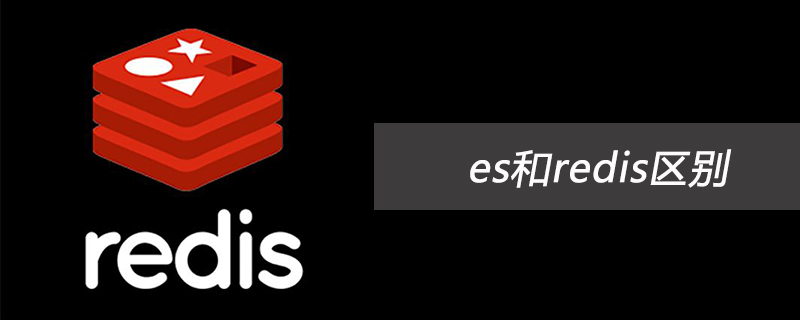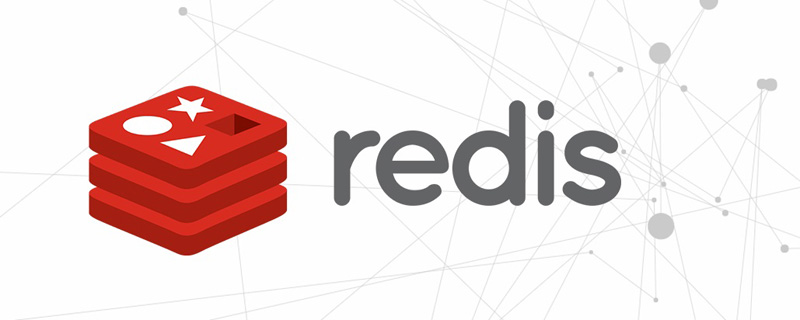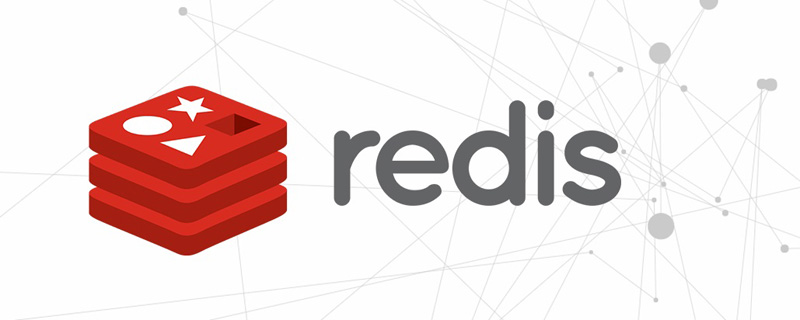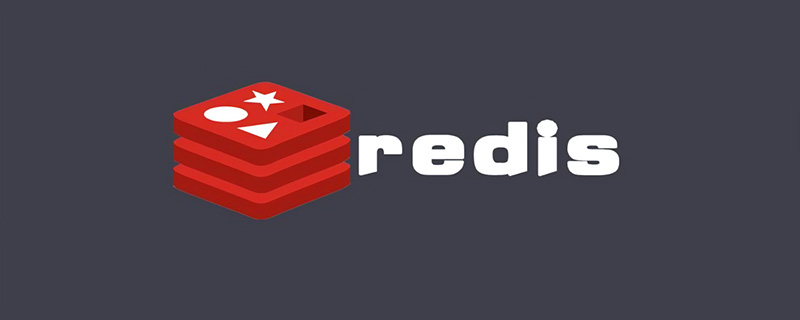
How to use Redis and Node.js to develop real-time chat function
With the development of the Internet, real-time communication has become one of the essential functions of many websites and applications. one. Among many real-time communication technologies, the combination of Redis and Node.js is a very powerful and popular choice. Redis is a high-performance key-value storage database, and Node.js is an event-driven JavaScript runtime environment. The combination of the two can easily implement real-time chat functions. This article will guide you in developing a simple real-time chat function using Redis and Node.js, and provide specific code examples.
- Install Redis and Node.js
First, you need to install Redis and Node.js in your development environment. You can download and install Redis from the official Redis website (https://redis.io/), and run redis-server in the command line to start the Redis server. The official website of Node.js (https://nodejs.org/) provides the binary installation package and source code of Node.js. You can choose the appropriate installation method according to your needs. -
Create a Node.js project
Create a new folder using your favorite code editor and go into the folder on the command line. Then, run the following command to initialize your Node.js project:npm init
Enter the project name, version and other information as prompted to complete the project initialization.
-
Install the required Node.js modules
In the root directory of the project, run the following command to install the required Node.js modules:npm install express socket.io redis
This will install the three modules Express, Socket.IO and Redis, which will be used to implement the real-time chat functionality.
-
Create server-side code
Create a file called server.js in your project and copy the following code into it:const express = require('express'); const redis = require('redis'); const app = express(); const server = require('http').Server(app); const io = require('socket.io')(server); // 创建Redis客户端 const redisClient = redis.createClient(); // 监听客户端的连接事件 io.on('connection', (socket) => { console.log('A user connected'); // 监听客户端的断开连接事件 socket.on('disconnect', () => { console.log('A user disconnected'); }); // 监听客户端的消息事件 socket.on('message', (message) => { console.log('Received message: ' + message); // 将消息存储到Redis中 redisClient.lpush('messages', message, (err, reply) => { if (err) { console.error('Failed to save message to Redis: ' + err); } else { console.log('Message saved to Redis: ' + reply); } }); }); // 从Redis中获取消息并发送给客户端 redisClient.lrange('messages', 0, -1, (err, messages) => { if (err) { console.error('Failed to get messages from Redis: ' + err); } else { socket.emit('messages', messages.reverse()); } }); }); // 启动服务器 server.listen(3000, () => { console.log('Server started on port 3000'); }); -
Create client code
Create a file called index.html in your project and copy the following code into it:<!DOCTYPE html> <html> <head> <title>Real-time Chat</title> <script src="https://cdnjs.cloudflare.com/ajax/libs/socket.io/2.3.1/socket.io.js"></script> </head> <body> <div id="messages"></div> <input id="message" type="text" placeholder="Type a message" /> <button id="send">Send</button> <script> const socket = io(); // 监听服务器发送的消息事件 socket.on('messages', (messages) => { messages.forEach((message) => { addMessage(message); }); }); // 监听表单的提交事件 document.querySelector('form').addEventListener('submit', (event) => { event.preventDefault(); const message = document.querySelector('#message').value; socket.emit('message', message); addMessage(message); document.querySelector('#message').value = ''; }); // 在页面上添加一条消息 function addMessage(message) { const div = document.createElement('div'); div.innerHTML = message; document.querySelector('#messages').appendChild(div); } </script> </body> </html> -
Start the server
Run the following command in the command line to start the server:node server.js
Now you can visit http://localhost:3000 in your browser to see the live chat feature in action. You can enter a message in the input box, then click the Send button to send the message, and see the real-time updated chat history on the page.
The above are the complete steps for developing real-time chat function using Redis and Node.js. By combining the powerful storage of Redis and the high performance of Node.js, we can easily implement real-time chat functionality. Of course, this is just a simple example, and in reality you may need more complex logic and functionality to meet your needs, but this example is enough for you to understand how to use Redis and Node.js to develop real-time chat functionality. Hope this article helps you!
The above is the detailed content of How to develop a real-time chat function using Redis and Node.js. For more information, please follow other related articles on the PHP Chinese website!
 es和redis区别Jul 06, 2019 pm 01:45 PM
es和redis区别Jul 06, 2019 pm 01:45 PMRedis是现在最热门的key-value数据库,Redis的最大特点是key-value存储所带来的简单和高性能;相较于MongoDB和Redis,晚一年发布的ES可能知名度要低一些,ES的特点是搜索,ES是围绕搜索设计的。
 一起来聊聊Redis有什么优势和特点May 16, 2022 pm 06:04 PM
一起来聊聊Redis有什么优势和特点May 16, 2022 pm 06:04 PM本篇文章给大家带来了关于redis的相关知识,其中主要介绍了关于redis的一些优势和特点,Redis 是一个开源的使用ANSI C语言编写、遵守 BSD 协议、支持网络、可基于内存、分布式存储数据库,下面一起来看一下,希望对大家有帮助。
 实例详解Redis Cluster集群收缩主从节点Apr 21, 2022 pm 06:23 PM
实例详解Redis Cluster集群收缩主从节点Apr 21, 2022 pm 06:23 PM本篇文章给大家带来了关于redis的相关知识,其中主要介绍了Redis Cluster集群收缩主从节点的相关问题,包括了Cluster集群收缩概念、将6390主节点从集群中收缩、验证数据迁移过程是否导致数据异常等,希望对大家有帮助。
 Redis实现排行榜及相同积分按时间排序功能的实现Aug 22, 2022 pm 05:51 PM
Redis实现排行榜及相同积分按时间排序功能的实现Aug 22, 2022 pm 05:51 PM本篇文章给大家带来了关于redis的相关知识,其中主要介绍了Redis实现排行榜及相同积分按时间排序,本文通过实例代码给大家介绍的非常详细,对大家的学习或工作具有一定的参考借鉴价值,希望对大家有帮助。
 详细解析Redis中命令的原子性Jun 01, 2022 am 11:58 AM
详细解析Redis中命令的原子性Jun 01, 2022 am 11:58 AM本篇文章给大家带来了关于redis的相关知识,其中主要介绍了关于原子操作中命令原子性的相关问题,包括了处理并发的方案、编程模型、多IO线程以及单命令的相关内容,下面一起看一下,希望对大家有帮助。
 实例详解Redis实现排行榜及相同积分按时间排序功能的实现Aug 26, 2022 pm 02:09 PM
实例详解Redis实现排行榜及相同积分按时间排序功能的实现Aug 26, 2022 pm 02:09 PM本篇文章给大家带来了关于redis的相关知识,其中主要介绍了Redis实现排行榜及相同积分按时间排序,本文通过实例代码给大家介绍的非常详细,下面一起来看一下,希望对大家有帮助。
 一文搞懂redis的bitmapApr 27, 2022 pm 07:48 PM
一文搞懂redis的bitmapApr 27, 2022 pm 07:48 PM本篇文章给大家带来了关于redis的相关知识,其中主要介绍了bitmap问题,Redis 为我们提供了位图这一数据结构,位图数据结构其实并不是一个全新的玩意,我们可以简单的认为就是个数组,只是里面的内容只能为0或1而已,希望对大家有帮助。
 一起聊聊Redis实现秒杀的问题May 27, 2022 am 11:40 AM
一起聊聊Redis实现秒杀的问题May 27, 2022 am 11:40 AM本篇文章给大家带来了关于redis的相关知识,其中主要介绍了关于实现秒杀的相关内容,包括了秒杀逻辑、存在的链接超时、超卖和库存遗留的问题,下面一起来看一下,希望对大家有帮助。


Hot AI Tools

Undresser.AI Undress
AI-powered app for creating realistic nude photos

AI Clothes Remover
Online AI tool for removing clothes from photos.

Undress AI Tool
Undress images for free

Clothoff.io
AI clothes remover

AI Hentai Generator
Generate AI Hentai for free.

Hot Article

Hot Tools

MantisBT
Mantis is an easy-to-deploy web-based defect tracking tool designed to aid in product defect tracking. It requires PHP, MySQL and a web server. Check out our demo and hosting services.

Atom editor mac version download
The most popular open source editor

Dreamweaver Mac version
Visual web development tools

Notepad++7.3.1
Easy-to-use and free code editor

SublimeText3 English version
Recommended: Win version, supports code prompts!






